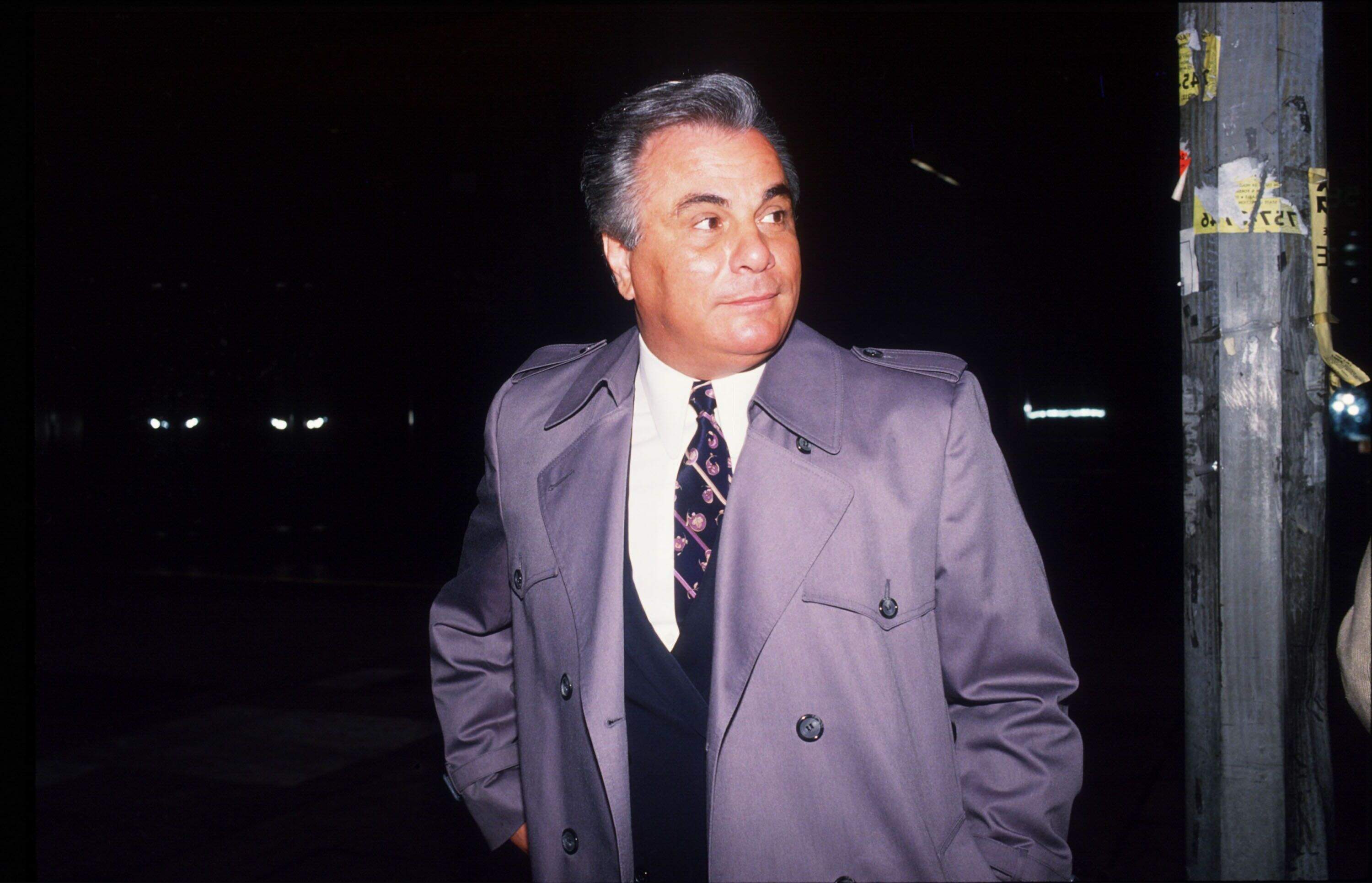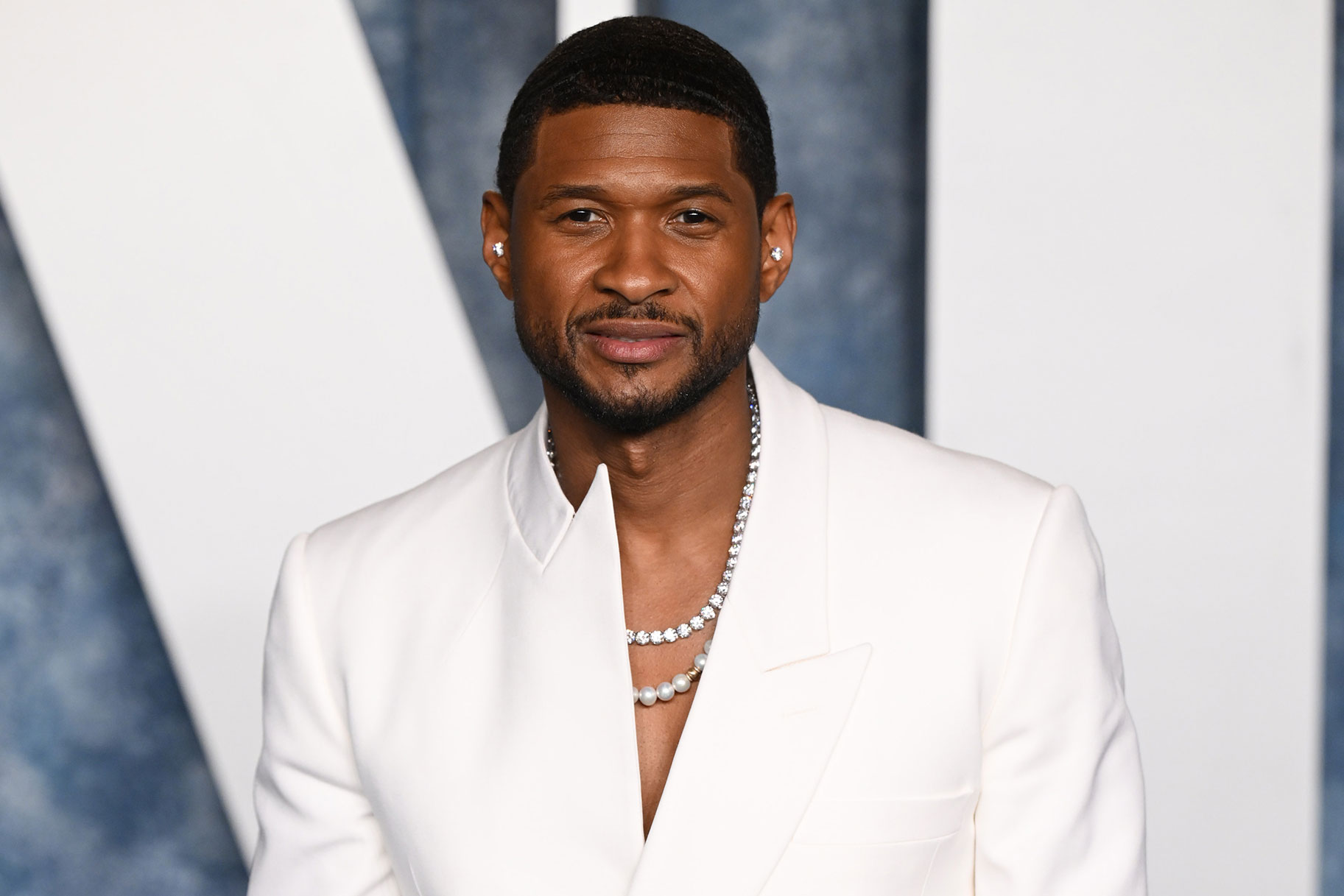
What made the 1980s Mafia so notorious? The 1980s Mafia, often glamorized in movies and TV shows, was infamous for its ruthless control over organized crime. During this decade, the Mafia's influence reached its peak, with powerful families like the Gambino, Genovese, and Lucchese dominating illegal activities. From drug trafficking to extortion, their operations were vast and complex. Law enforcement faced significant challenges in cracking down on these criminal empires, often hindered by corruption and fear. High-profile trials and undercover operations eventually exposed many Mafia secrets, leading to numerous convictions. This era also saw the rise of notorious figures like John Gotti, who became household names. The 1980s Mafia left an indelible mark on history, shaping public perception of organized crime.
Key Takeaways:
- The 1980s Mafia saw a rise in notorious figures, high-profile crimes, and law enforcement efforts, leaving a lasting impact on popular culture and law enforcement strategies.
- The Mafia's influence extended beyond traditional crime, infiltrating legitimate businesses and the entertainment industry, while facing increased law enforcement pressure and internal conflicts.
The Rise of the 1980s Mafia
The 1980s saw a surge in Mafia activity, with organized crime families expanding their influence across various sectors. This period was marked by notorious figures, high-profile crimes, and significant law enforcement efforts.
-
The Mafia's influence extended beyond traditional crime, infiltrating legitimate businesses like construction, waste management, and even the entertainment industry.
-
John Gotti, known as the "Teflon Don," became the boss of the Gambino crime family in 1985. His ability to evade conviction earned him this nickname.
-
The Mafia Commission Trial of 1985-1986 was a landmark case that aimed to dismantle the Mafia's ruling body. It resulted in the conviction of several top Mafia leaders.
-
The FBI's use of the RICO Act (Racketeer Influenced and Corrupt Organizations Act) in the 1980s was pivotal in prosecuting organized crime figures.
-
The Mafia's involvement in drug trafficking increased during this decade, with families like the Sicilian Mafia playing a significant role in the heroin trade.
Notorious Mafia Figures of the 1980s
Several key figures dominated the Mafia scene in the 1980s, each leaving a lasting impact on organized crime history.
-
Paul Castellano, the Gambino family boss before Gotti, was assassinated in 1985 in a hit orchestrated by Gotti himself.
-
Vincent "The Chin" Gigante, head of the Genovese family, was known for feigning insanity to avoid prosecution. He wandered the streets in a bathrobe to maintain his ruse.
-
Anthony "Fat Tony" Salerno, a prominent Genovese family member, was sentenced to 100 years in prison during the Mafia Commission Trial.
-
Carmine "The Snake" Persico, leader of the Colombo family, continued to run his operations from prison after being convicted in the Commission Trial.
-
Joseph "Big Joey" Massino, who later became a government informant, was a key figure in the Bonanno family during the 1980s.
High-Profile Crimes and Scandals
The 1980s were rife with high-profile Mafia crimes and scandals that captured public attention and showcased the Mafia's reach.
-
The Lufthansa heist of 1978, immortalized in the movie "Goodfellas," saw its aftermath unfold in the 1980s as investigators closed in on those involved.
-
The Pizza Connection Trial of 1985-1987 exposed a massive drug trafficking operation that used pizza parlors as fronts for heroin distribution.
-
The murder of mobster Roy DeMeo in 1983 highlighted the brutal nature of Mafia internal conflicts. DeMeo was known for his involvement in over 100 murders.
-
The assassination of Carmine Galante, the Bonanno family boss, in 1979 had lasting repercussions throughout the 1980s as power struggles ensued.
-
The murder of Paul Castellano outside Sparks Steak House in Manhattan was one of the most brazen Mafia hits of the decade.
Law Enforcement's Battle Against the Mafia
Law enforcement agencies ramped up their efforts to combat the Mafia during the 1980s, employing new strategies and technologies.
-
The FBI's use of wiretaps and surveillance played a crucial role in gathering evidence against Mafia figures.
-
Undercover operations, such as those conducted by FBI agent Joseph D. Pistone (Donnie Brasco), provided invaluable insights into Mafia operations.
-
The establishment of the Organized Crime Drug Enforcement Task Forces (OCDETF) in 1982 aimed to dismantle major drug trafficking organizations, including the Mafia.
-
The Witness Protection Program saw increased use as more Mafia members turned informants to avoid lengthy prison sentences.
-
The use of the RICO Act allowed prosecutors to target entire criminal organizations rather than just individual members.
The Mafia's Cultural Impact
The Mafia's activities in the 1980s left a significant mark on popular culture, influencing movies, TV shows, and public perception.
-
The movie "Scarface," released in 1983, depicted the rise and fall of a drug lord, drawing parallels to real-life Mafia figures.
-
"The Godfather" series, though starting in the 1970s, continued to shape public perception of the Mafia throughout the 1980s.
-
The TV show "Miami Vice," which aired from 1984 to 1989, often featured storylines involving organized crime and drug trafficking.
-
Mafia-themed video games, like "Mafia" and "Grand Theft Auto," drew inspiration from the real-life exploits of 1980s crime families.
-
The Mafia's influence extended to music, with artists like Bruce Springsteen and Billy Joel referencing organized crime in their lyrics.
The Decline of the Mafia in the Late 1980s
By the late 1980s, the Mafia began to experience a decline due to increased law enforcement pressure and internal conflicts.
-
The conviction of key Mafia leaders during the Commission Trial weakened the organizational structure of several crime families.
-
Increased cooperation between U.S. and Italian law enforcement agencies led to significant arrests and convictions of Mafia members.
-
The rise of new criminal organizations, such as Colombian drug cartels, challenged the Mafia's dominance in the drug trade.
-
The Mafia's traditional code of silence, or "Omertà," began to erode as more members turned informants.
-
The public's growing awareness of Mafia activities led to increased support for law enforcement efforts to combat organized crime.
Legacy of the 1980s Mafia
The legacy of the 1980s Mafia continues to influence modern organized crime and law enforcement strategies.
-
The use of the RICO Act remains a powerful tool in prosecuting organized crime figures.
-
The Mafia's involvement in legitimate businesses during the 1980s set a precedent for modern criminal organizations.
-
The cultural impact of the 1980s Mafia is still evident in movies, TV shows, and literature.
-
Law enforcement agencies continue to study the tactics used in the 1980s to improve their strategies against organized crime.
-
The stories of 1980s Mafia figures, such as John Gotti and Vincent Gigante, continue to captivate the public's imagination.
The 1980s Mafia Legacy
The 1980s Mafia left a lasting mark on history. From notorious figures like John Gotti to infamous events such as the Pizza Connection Trial, the decade was a whirlwind of crime and drama. The Mafia's influence extended beyond illegal activities, seeping into popular culture with movies like "Goodfellas" and "The Godfather Part III." Law enforcement's relentless pursuit led to significant crackdowns, but the Mafia's legacy remains a topic of fascination. Understanding this era provides insight into the complex world of organized crime and its impact on society. The 1980s Mafia wasn't just about crime; it was about power, loyalty, and a code of silence that still intrigues many today. As we reflect on these facts, it's clear the Mafia's story is far from over, continuing to captivate and educate future generations.
Frequently Asked Questions
Was this page helpful?
Our commitment to delivering trustworthy and engaging content is at the heart of what we do. Each fact on our site is contributed by real users like you, bringing a wealth of diverse insights and information. To ensure the highest standards of accuracy and reliability, our dedicated editors meticulously review each submission. This process guarantees that the facts we share are not only fascinating but also credible. Trust in our commitment to quality and authenticity as you explore and learn with us.


